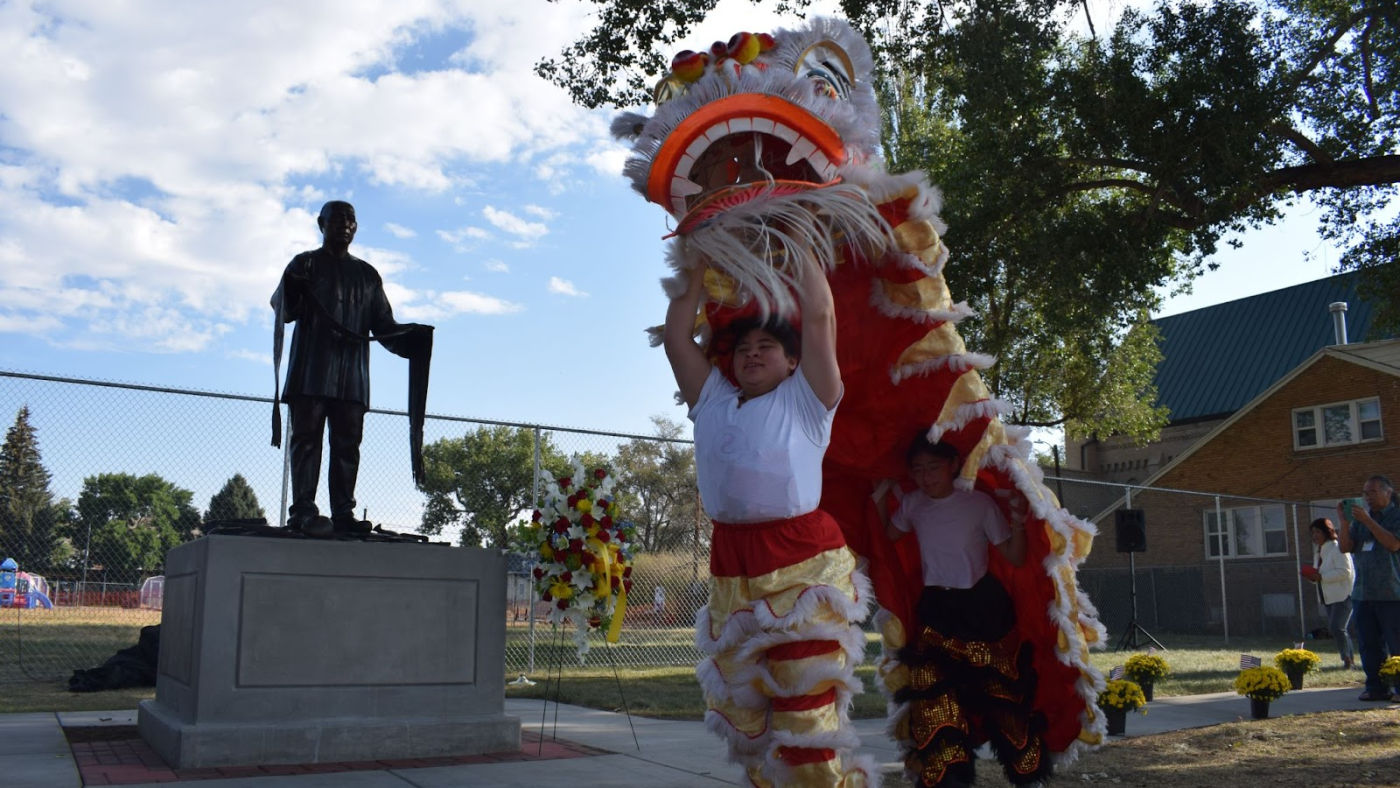
"Towering plateaus dotted with sage brush and roaming wild horses surround the desert town of Rock Springs, Wyoming, with a population of about 23,000. A short drive from Main Street, two rectangular holes form a checkerboard pattern in a grassy lawn connecting a Catholic church with a nearby schoolyard. Six Grinnell College researchers spent the summer here digging, scraping and screening the soil, most of whom have never been to Wyoming before."
"In 1885, labor tensions boiled over in the Union Pacific Railroad's coal mines, stemming from an argument over who had the best work opportunities. The mob, many of them European migrants, blamed the Chinese. "And it was right here where we're standing," said Professor Laura Ng, from four feet deep in the trenches of the dig site, where she's guiding students mapping diagrams of burnt down building foundations."
"After burning several blocks once made up of homes and shops, the mob killed 28 Chinese people and injured another 14, in what is one of the deadliest incidents of anti-Chinese violence in U.S. history. "[Because of this], there's going to be a layer that is very distinctive in the archaeological record," said Ng. In what she refers to as the "burn layer," Ng's team has found artifacts, ranging from pottery sherds, animal bones, an ornamental door handle and a wooden beam from an old building."
Rock Springs, Wyoming sits amid plateaus and sagebrush and has roughly 23,000 residents. Grinnell College researchers excavated two trenches near a church and school looking for artifacts from the burned Rock Springs Chinatown. In 1885 labor tensions in Union Pacific coal mines erupted into violence, with a mob blaming Chinese residents; 28 Chinese people were killed and 14 injured. Archaeologists identify a distinct "burn layer" and have recovered pottery sherds, animal bones, an ornamental door handle and a wooden beam. Rock Springs originated in the 1860s with Union Pacific coal, and long promoted itself as the "Home of 56 nationalities."
Read at www.npr.org
Unable to calculate read time
Collection
[
|
...
]